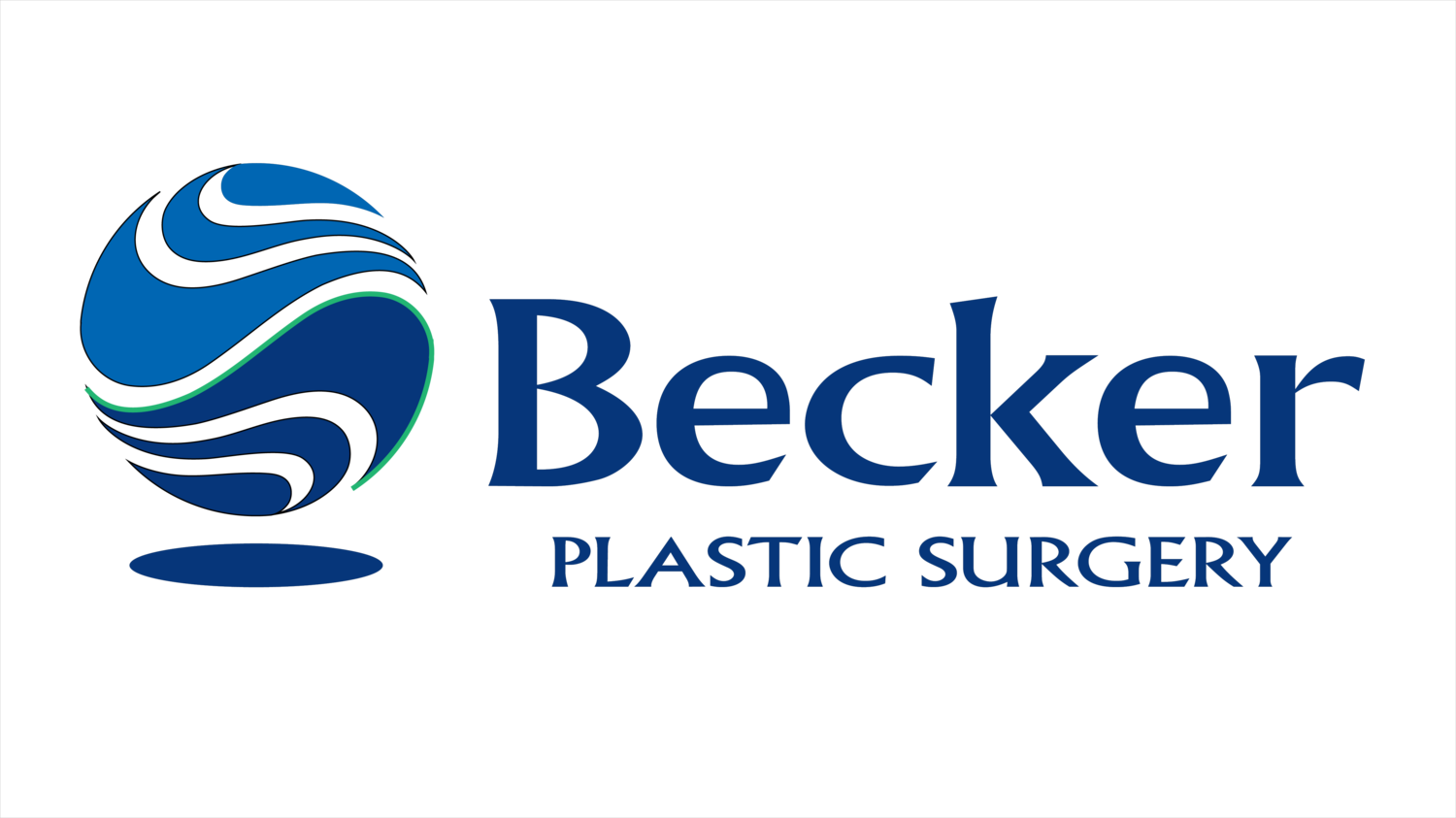Breast Reconstruction/Post-Mastectomy Information
Qualifications
In general, good candidates for breast reconstruction:
Are able to cope well with their diagnosis and treatment
Are healthy and do not have medical conditions that impair healing
Are nonsmokers
Have a positive outlook and realistic expectations for restoring their breast and body image
Although breast reconstruction can rebuild your breast, the results are highly variable:
A reconstructed breast will not have the same sensation or feel as the breast it replaces
Visible incision lines will always be present on the breast, whether from reconstruction or mastectomy
Certain surgical techniques will leave incision lines at the donor site, commonly located in less-exposed areas of the body such as the back or abdomen
Preparation
In preparing for a breast reconstruction, you may be asked to:
Get lab testing or a medical evaluation
Take certain medications or adjust your current medications
Stop smoking well in advance of surgery
Avoid taking aspirin, anti-inflammatory drugs, and herbal supplements because they can increase bleeding and bruising
Arrange for a friend or family member to drive you to and from surgery and to stay with you the first night following surgery
Recovery
During your recovery, your breasts will be wrapped in gauze dressings and an elastic bandage or support bra to minimize swelling and support the breasts as they heal. This should be worn around the clock or as instructed by your prescription. Avoid lifting for 2 weeks, and no gym or strenuous activity for 6 weeks. Acute pain and soreness will last a few weeks, but your doctor will prescribe pain medications to help you remain comfortable.
Although infrequent, the risks and complications of breast reconstruction include:
Partial or complete loss of flap
Breast firmness
Asymmetry
Exposure of tissue
Capsular contracture (excess scar tissue around implants)
Wound breakdown
